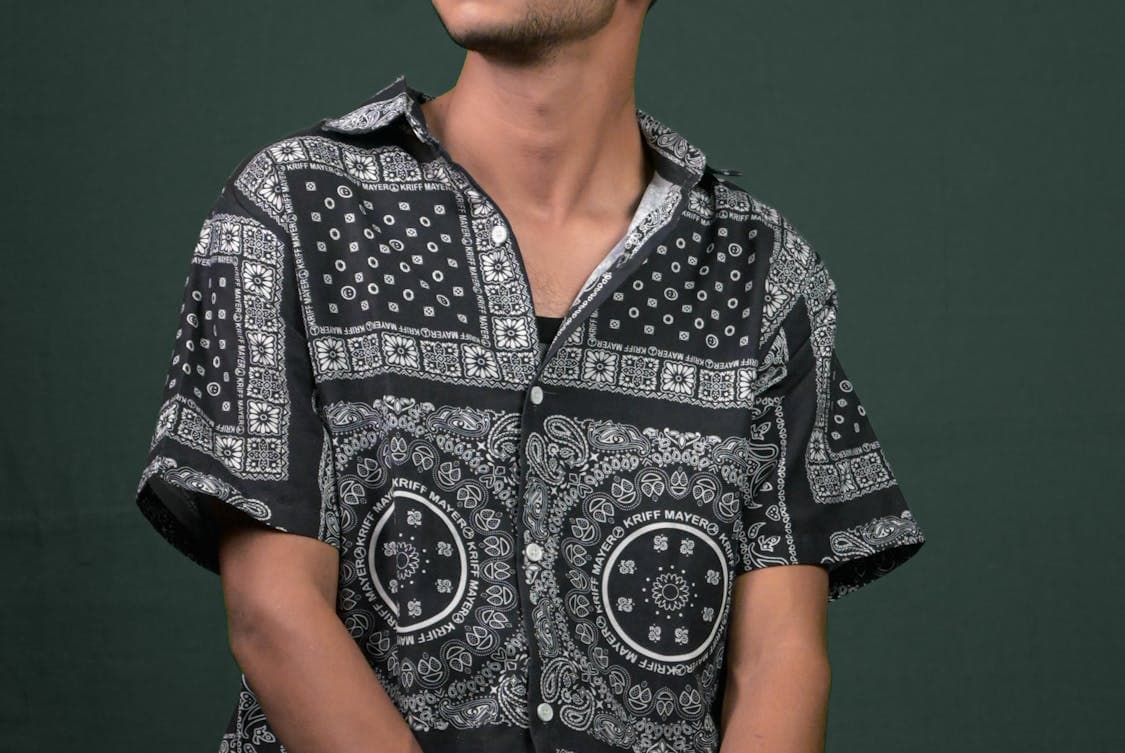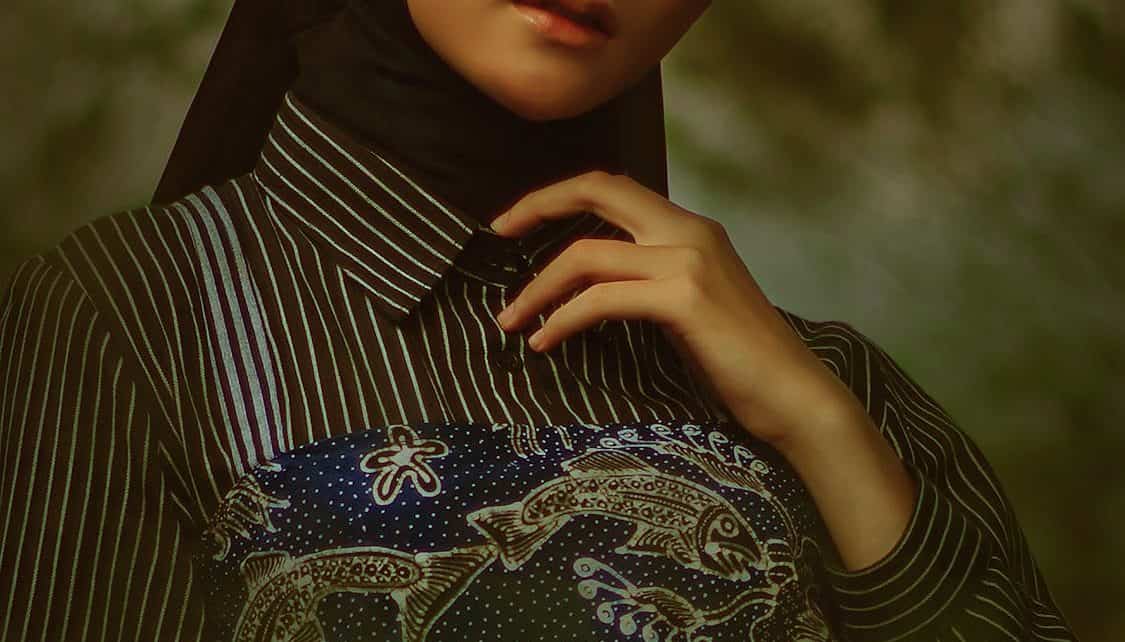Batik, a traditional fabric art form rooted in Indonesian culture, has a rich history that speaks volumes about craftsmanship and creativity.
As the world moves forward, there’s an ever-present opportunity to integrate modern themes into these classic designs. This merging can breathe new life into batik, making it relevant for contemporary fashion and home decor.
Here are five tips to help you blend modern themes into batik patterns seamlessly.
1. Embrace Minimalism
Modern design often leans towards minimalism, favoring clean lines and simple forms. When incorporating this style into batik, consider reducing the number of elements in your pattern.
A minimalist approach doesn’t mean sacrificing beauty; instead, focus on a few key motifs that capture the essence of batik while keeping things sleek.
Start by selecting one or two traditional symbols that resonate with contemporary aesthetics. For instance, consider using abstract representations of nature, such as geometric leaves or stylized waves.
These motifs can be applied sparingly to create a fresh, airy feel that aligns with modern design sensibilities.
Experiment with negative space, allowing the fabric to breathe. This technique can create striking contrasts and highlight the intricacies of the batik process.
By embracing minimalism, you maintain the cultural significance of batik while making it appealing to a broader audience.
2. Explore Bold Color Palettes
Bold, vibrant color schemes are hallmarks of modern design, often used to make statements and evoke emotions. While traditional batik often features earthy tones and muted colors, pushing the envelope with brighter hues can yield exciting results.
Consider infusing your batik patterns with unexpected colors that pop against the fabric’s background. If you’re looking for vibrant, modern takes on traditional designs, many unique pieces can be found at Batik by Kala.
For example, you could mix traditional indigo dye with neon pink or electric blue accents. This fusion can create a stunning visual impact, drawing attention to the intricate details of the batik pattern.
Always remember the balance; too much contrast may overshadow the subtleties of the design, so aim for harmony.
When choosing colors, think about the feelings you want to evoke. Modern themes often focus on emotions and experiences, so consider using color psychology to enhance your patterns.
For instance, vibrant yellows can convey joy, while deep greens can evoke a sense of tranquility. By thoughtfully selecting your color palette, you can craft batik that resonates with contemporary audiences.
3. Integrate Geometric Patterns

Geometric designs have made a significant comeback in modern aesthetics. These shapes can bring a fresh twist to traditional batik.
Incorporating patterns like triangles, circles, and squares into batik can create a striking contrast to the organic, flowing lines typically found in traditional designs.
Consider layering geometric shapes over classic batik motifs. For example, a traditional floral design can serve as a backdrop for bold triangles, creating a dynamic interplay between the old and the new.
This layering technique can add depth and dimensionality to your fabric, enticing the eye to explore every detail.
To maintain the essence of batik while introducing geometric elements, choose shapes that complement the original motifs. This ensures that the fusion feels cohesive rather than jarring.
The key is to strike a balance between the structured, rigid nature of geometry and the fluidity of traditional batik.
4. Infuse Cultural Narratives
Modern themes often center around storytelling. Batik has a rich narrative history, with each pattern and color choice representing different cultural tales and traditions.
By merging modern storytelling techniques with batik, you can create designs that not only look beautiful but also carry meaningful narratives.
Consider focusing on themes relevant to contemporary society, such as sustainability or community. For instance, you might create a batik design inspired by eco-friendly practices, using symbols that represent nature and conservation.
This approach can resonate with audiences who value sustainability, providing a cultural connection to modern concerns.
Additionally, collaborate with artists or communities who specialize in modern themes. This partnership can bring new perspectives to your batik designs, enriching the storytelling aspect.
By weaving narratives into your patterns, you create a deeper connection with the fabric, making it more than just a visual experience.
5. Experiment with Textures and Techniques
Modern design often embraces texture, adding depth and interest to visual compositions. When blending modern themes into batik, don’t shy away from experimenting with different textures and techniques.
Consider using digital printing to layer images over traditional batik designs, creating a unique interplay of textures.
Another exciting avenue is experimenting with fabric types. Mixing batik with materials like denim or linen can result in unexpected and visually intriguing outcomes.
Textured fabrics can enhance the overall aesthetic, making the batik patterns stand out even more.
Incorporating techniques like tie-dye or even embroidery can also elevate your batik. These methods can add tactile elements that resonate with modern design principles, offering viewers a multi-sensory experience.
By being bold and adventurous with textures and techniques, you can create batik that speaks to contemporary tastes while honoring its traditional roots.





